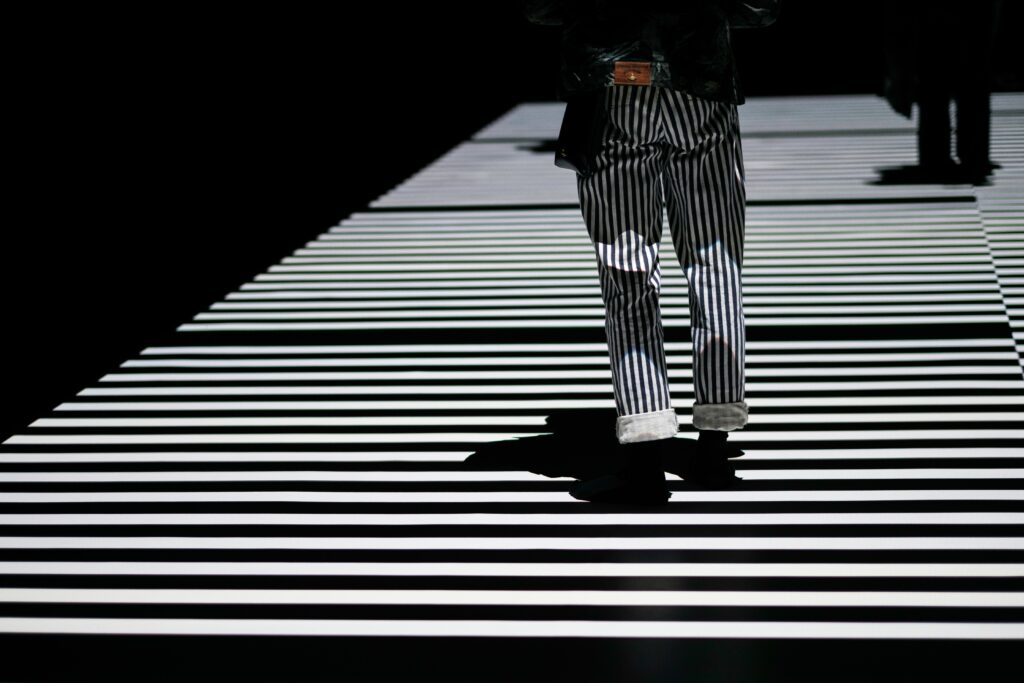Over the last two months, I was taking a basic photography course. It was taught by not only one of the most important war photographers in my country, who is also an old acquaintance of mine. In the last class, we went to take pictures of nature, and we – the two students who have a deep passion for street and documentary photography – ended up taking pictures of flowers. It may sound strange that a war photographer was teaching us to take pictures of flowers, but I can assure you that it was one of the most enriching academic experiences I’ve had in my eight years of making photographs.
We all took pictures of flowers

Our history as photographers usually includes a period when we took photographs of practically everything, especially flowers. This is normal, and I think it’s the foundation of our affinity towards any particular photographic niche or style. Everything begins to amaze us, thanks to the possibilities the camera offers for capturing reality. Instinctively, we took pictures of simple things like flowers and doorknobs. With these subjects we learned to understand how selective focus gives a three-dimensional character to photographs.
Things that naturally catch our attention in nature

In Western culture, we have learned that the proportions of “beauty” or aesthetics are linked to the mathematical rule known as the “Golden Ratio”. Within this field of the golden ratio – besides the famous spiral that has become even more popular thanks to meme culture – we find a distribution of space similar to the one we get when we apply the rule of thirds. Here, in the distribution or proportion of space based on the golden ratio, we have a rectangular area divided in 2 pieces, where one side is 1.6181 times larger than the other one.
What does this have to do with flowers?
What happens is that many elements of nature respond to the mathematical principle stated by the Fibonacci numbers or sequence. The curious thing is that even if we do not understand the mathematics or geometry that resides in nature, it still attracts us as humans.

It’s amazing how many elements of nature follow to this sequence of numbers and attract the attention of an average person from Western culture. That’s why flowers catch our eye so quickly– because all flowers have quantities of petals that meet any of the numbers in this sequence:
0, 1, 1, 2, 3, 5, 8, 13, 21, 34, 55, 89, 144, 233, 377, 610, ….
This is not a math blog. But if you wish to know more about how this sequence works, you can read this or watch this, or let yourself be blown away by this.
How the practice was developed
The class was held in a national park I have visited countless times. I must admit that for some foolish reasons like ego and prejudice, I was never drawn to taking pictures of nature inside that place. But, after being exposed to the complicated light environment that exists in this small jungle, I realized that – as a street photographer – I have lowered my guard in terms of handling light. On the streets, light is usually uniform, except when one enters a space such as a business or a market.
I usually use the following camera settings on the streets:
ISO 200 ~ 400
1/60 ~ 1/250
f/3.6 ~ f/8.0
These values cover most of my photographic needs on the streets. The class exercise in the park started with us setting a fixed ISO value of 400; our only restriction was that we had to estimate our exposure settings using our eyes.
Why this was an enriching environment

This environment was enriching for four main reasons. The first one is that it took me back to the basics of becoming a photographer. It gave me the freedom I needed to put my prejudices aside and really enjoy taking pictures of flowers and plants (though I took some candid shots of people; it was inevitable). The second reason why this work environment was enriching is that it forced me to get close to the subjects I was photographing. The third reason was that, thanks to the contrasty lighting situations, I was sometimes forced to use manual focus, something I hadn't done with a digital camera in a long time. And last but not least, it forced me to think about light and to anticipate the action of receiving it as I moved from one place to another.
On the importance of anticipating light

I would love to have seen my silly face when I told our teacher that it felt great to be able to arrive at a scene, adjust the camera settings while walking, and raise the camera and see that the exposure setting was right where it was supposed be.
Anticipating the light is not only a matter of skill; it is useful, too, because it saves time. Normally for me, if it had been a street scene, I would have analyzed the light and thought about the camera settings I should use – and the moment I hoped to capture would have been long gone.
Being able to anticipate to light is a process that can take some time to achieve, especially when a person is still having a hard time embedding the exposure triangle into their eyes and brain. It takes a lot of practice, every day, to master.







1 Comment
Very Good. I also take a lot of pictures of Flowers out and about and also as per your picture